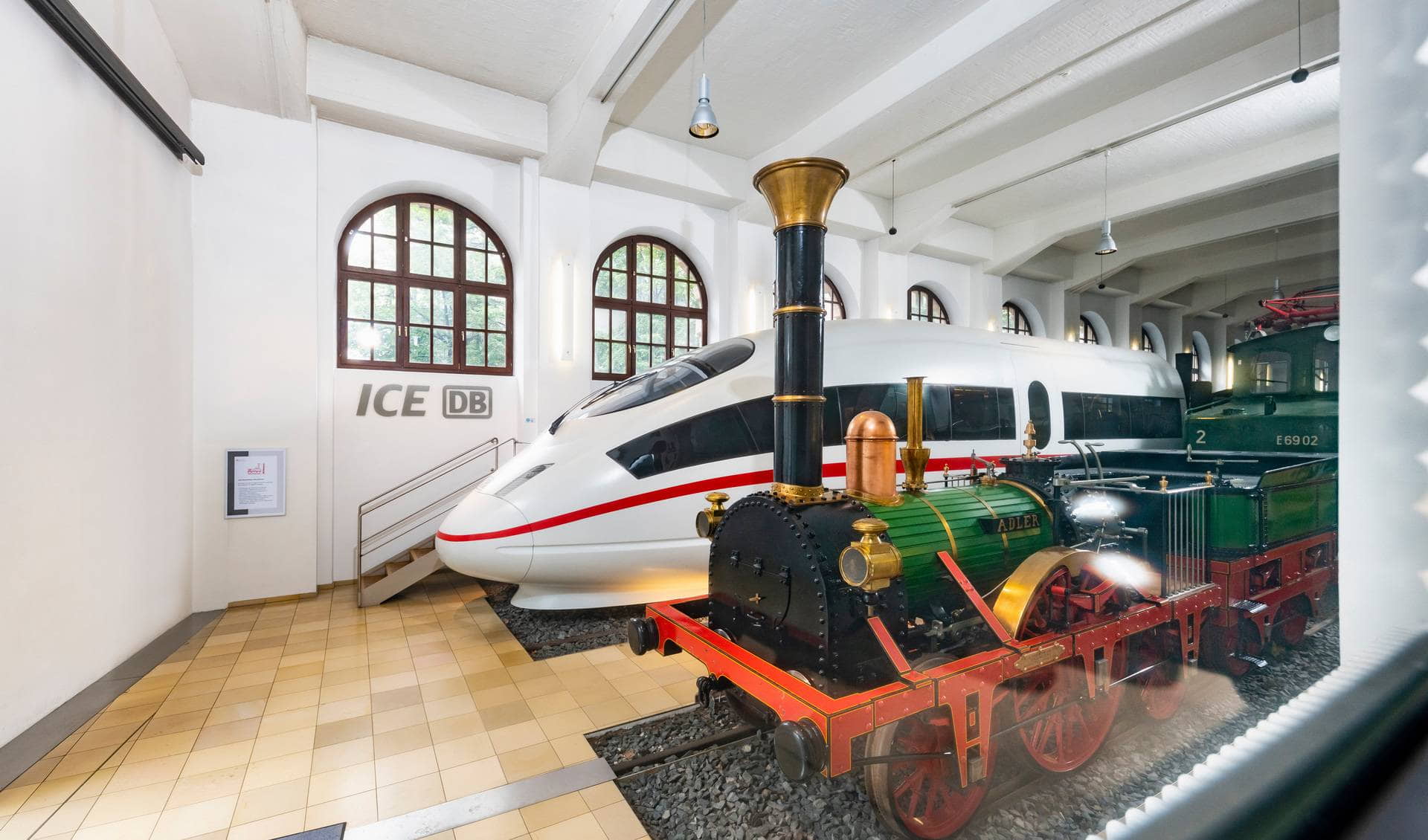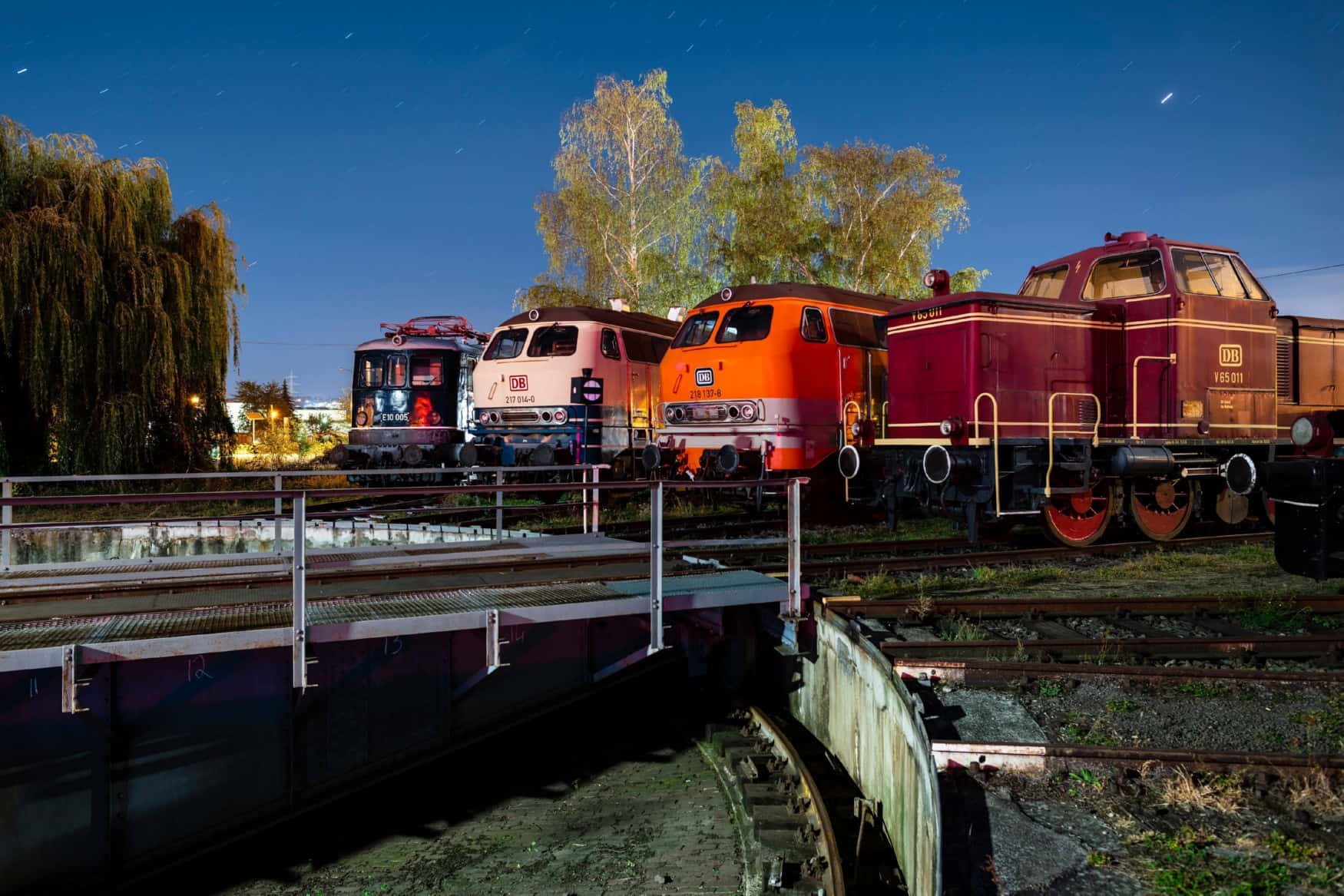The DB Museum Nuremberg is a testament to Germany's rich railway heritage. As the oldest railway museum in the country, it offers visitors a captivating journey through time, from the early days of steam locomotives to the cutting-edge ICE trains of today. Founded in 1882, this expansive museum covers 6,800 square meters and houses one of the world's largest collections of historical railway vehicles.
With its interactive exhibits, impressive locomotive displays, and engaging educational programs, the DB Museum Nuremberg provides a unique blend of history, technology, and entertainment for train enthusiasts and families alike. Step aboard and discover how the evolution of railways shaped Germany's industrial, social, and cultural landscape.
Highlights
- Extensive collection of over 150 historical railway vehicles, including the oldest steam locomotive in Germany
- Interactive exhibits showcasing the development of German railways from 1800 to the present day
- KIBALA, a dedicated children's area with train simulators and a miniature railway
Contents
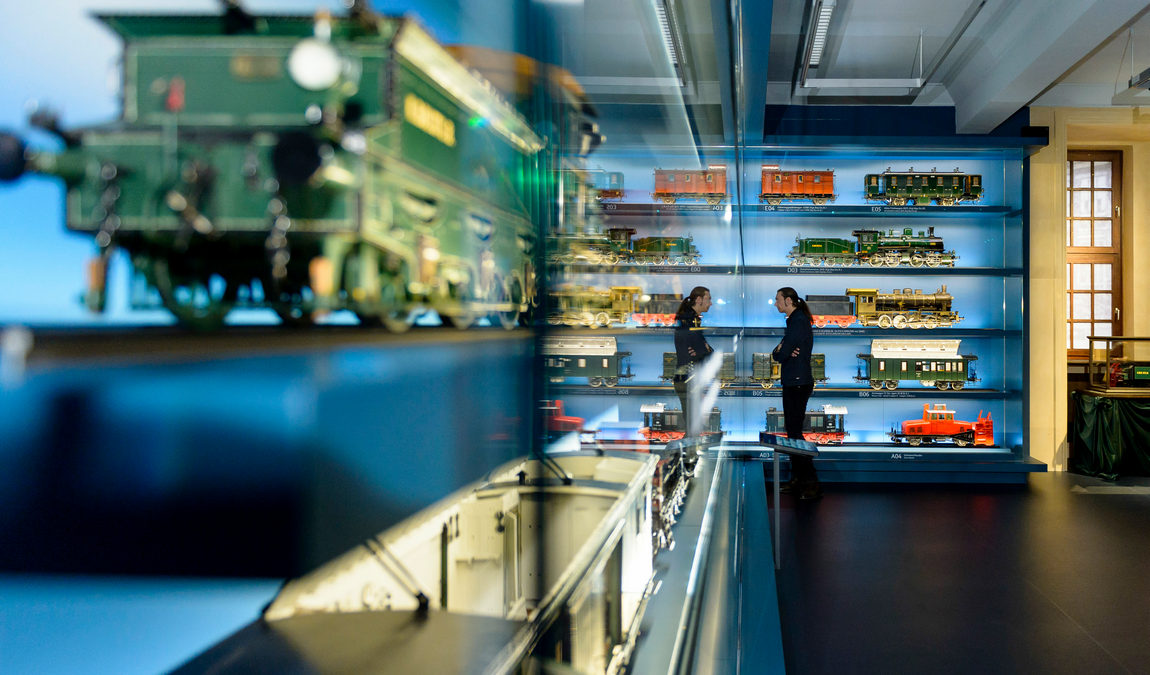 Photo: dbmuseum.de
Photo: dbmuseum.de
Here is Why Your Kids Will Find it Interesting
DB Museum Nuremberg is worth visiting with kids aged 5-12 who are fascinated by trains and transportation. The museum's hands-on exhibits and interactive displays cater to young minds, allowing children to explore the world of railways fun and engagingly. Kids can climb aboard historic locomotives, operate model trains, and even experience what it's like to drive a train through simulators. The KIBALA area, designed specifically for children, offers a railway paradise where young visitors can play, learn, and let their imaginations run wild on the tracks of history.
Family-friendly features
- KIBALA: A dedicated children's area with train simulators and interactive exhibits
- Guided tours tailored for families with children
- Spacious outdoor area with vintage train platforms and hands-on displays
Main Exhibitions and Highlights
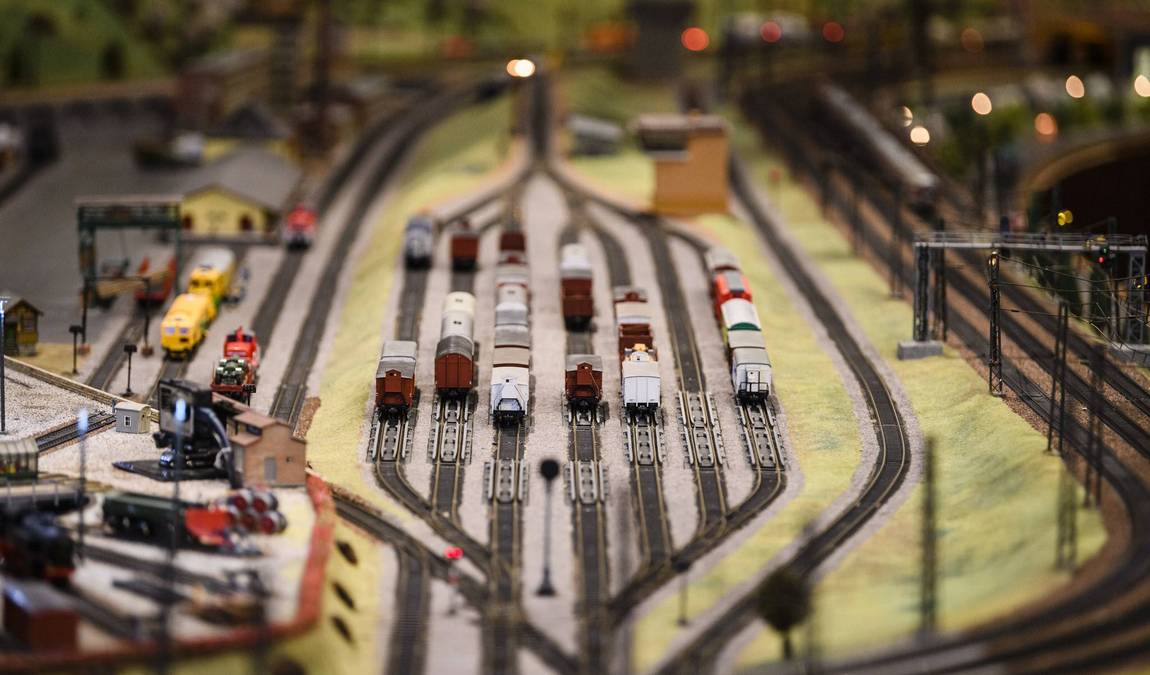 Photo: dbmuseum.de
Photo: dbmuseum.de
Early Railway Development (1800-1848)
- The museum showcases a coal wagon from 1829, the oldest railway carriage on the European continent.
- Visitors can see Personenwagen Nr 8, Germany's oldest surviving passenger railway wagon, which ran between Nuremberg and Fürth in 1835.
- Interactive route maps demonstrate the rapid growth of Germany's railway network from just 6 km in 1835 to over 60,000 km before World War I.
Industrialization and Unification Era (1849-1919)
- Exhibits illustrate how the demand for coal and steel for railways fueled Germany's rapid industrialization.
- Displays show the impact of railways on industry and society, including the development of new technologies like cooled railway tanker wagons for beer transport.
- The museum explores the role of railways during World War I, highlighting that around 14,000 railway personnel died during the conflict.
Famous Locomotives and Trains
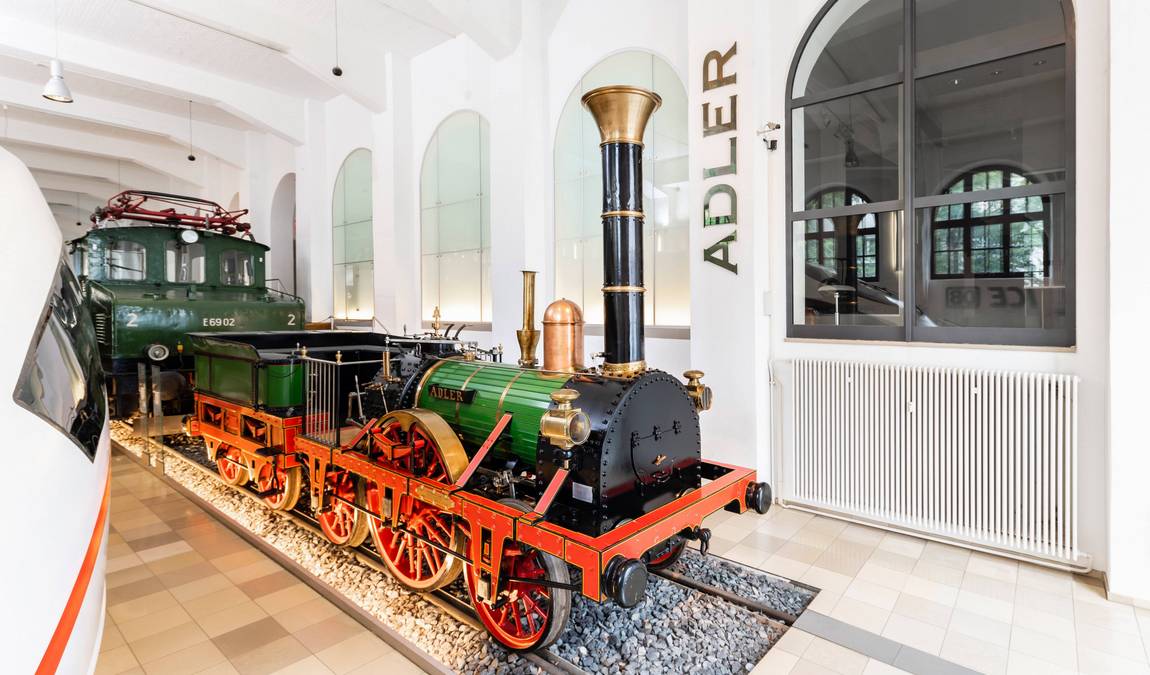 Photo: dbmuseum.de
Photo: dbmuseum.de
- In Vehicle Hall, I, a replica of the "Adler" steam locomotive, which opened the era of railroads in Germany in 1835, is on display.
- The impressive S 2/6 express locomotive, which set a world speed record in 1907, allows visitors to enter its driver's cab.
- King Ludwig II's royal train is exhibited, showcasing the luxury of royal travel in the 19th century.
Modern Era and Future of Railways
- The museum features the development of ICE (Intercity Express) trains, which is Deutsche Bahn's remarkable success story.
- An exhibit on the Stuttgart 21 project includes an original element from the famous construction fence of project opponents.
- The FUTURAILS exhibition, one of the most successful special displays in the museum's history, explores the future of rail transport.
Interactive Experiences
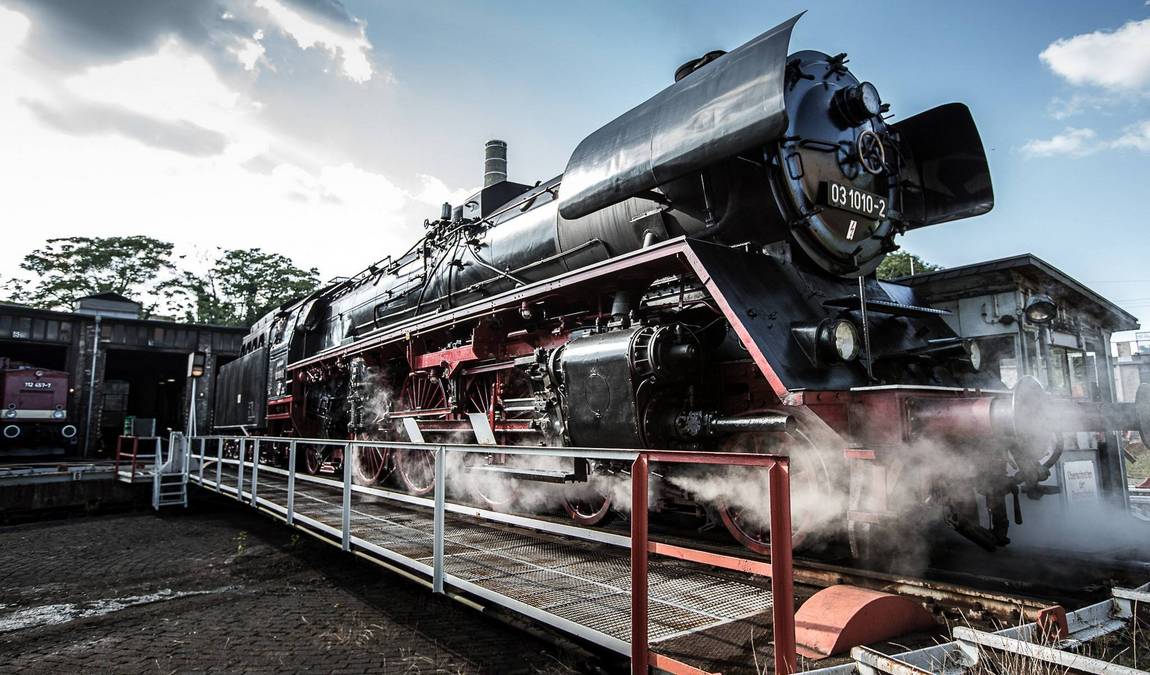 Photo: dbmuseum.de
Photo: dbmuseum.de
- The museum boasts a model railway covering 80 square meters, demonstrating prototypical railway operations.
- Train simulators in the KIBALA area allow children to experience driving a train.
- Hands-on exhibits throughout the museum engage families, including a controllable light installation demonstrating how steam locomotives work.
Vehicle Halls and Outdoor Area
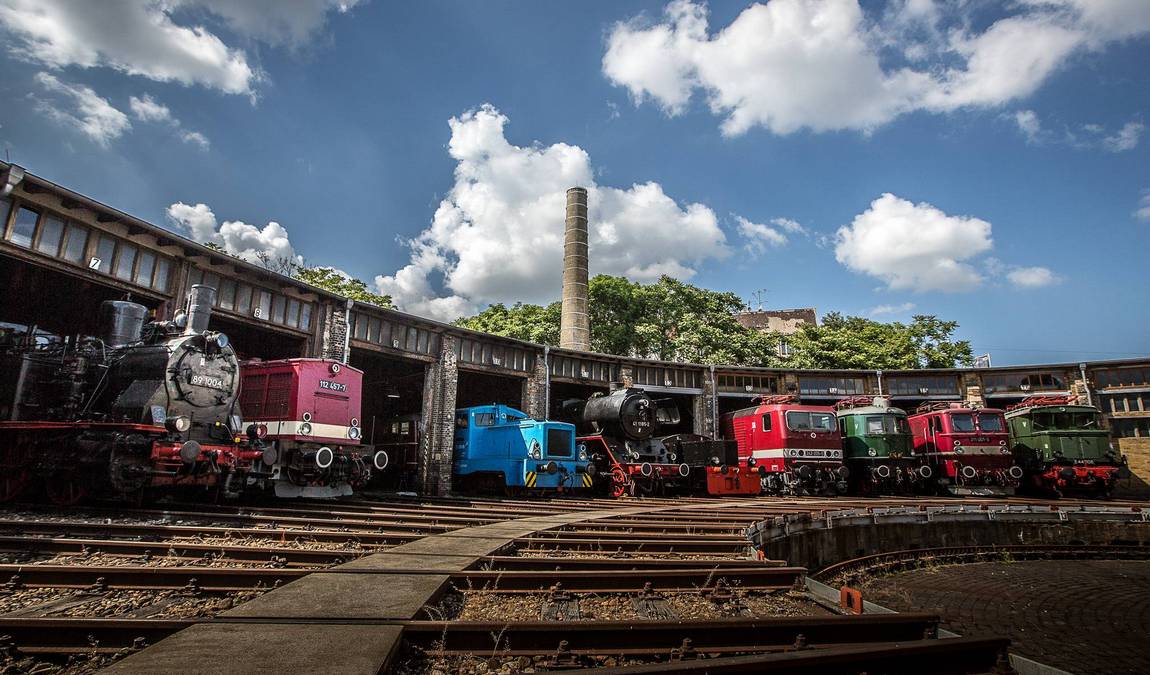 Photo: dbmuseum.de
Photo: dbmuseum.de
- Historic locomotives and wagons are displayed in two-vehicle halls, showcasing the evolution of rail technology.
- The express locomotive 05 001, one of the world's fastest and heaviest steam locomotives, is a highlight in Vehicle Hall II.
- In the outdoor area, visitors can see the "Flying Hamburger," a famous rapid transit train from the 1930s.
Special Features
- The Modelarium displays different scale models of trains, from tiny 1:700 scale to giant 1:10 scale replicas.
- A historic signal box on the museum grounds offers insights into railway operations.
- The museum restaurant, Tinto, provides a place for visitors to relax and refuel.
The Nuremberg Toy Museum is 1.2 kilometres away and its collection will surely interest your children.
Best Time to Visit
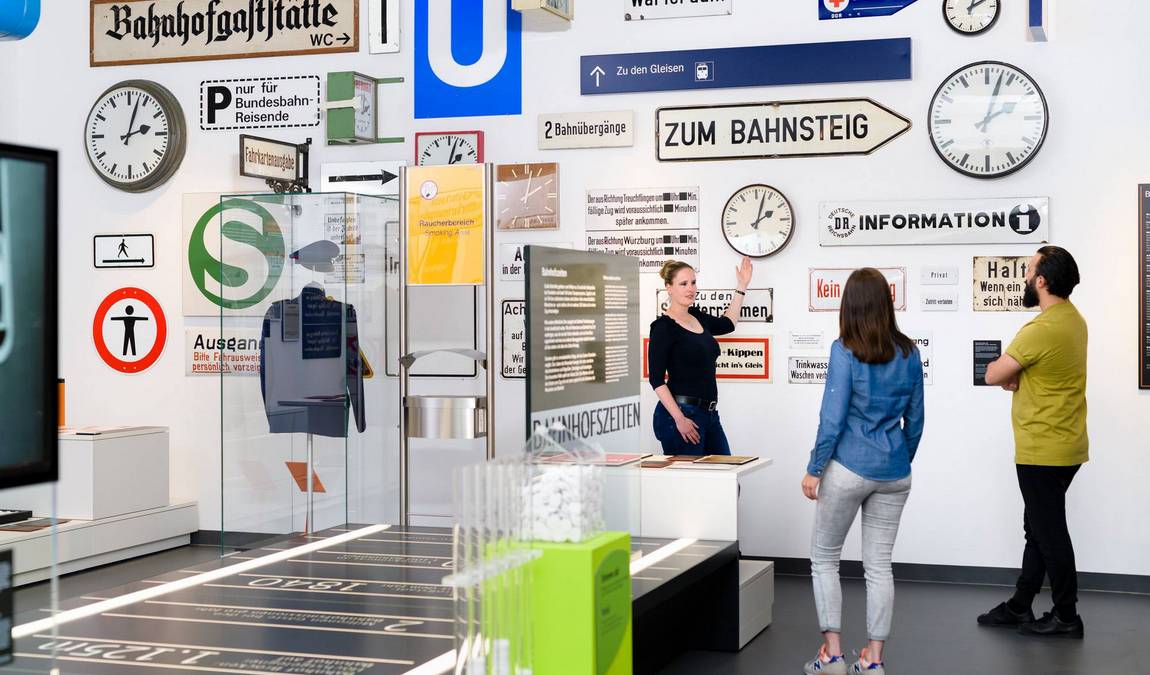 Photo: dbmuseum.de
Photo: dbmuseum.de
The best time to visit DB Museum Nuremberg with children is during weekends or school holidays when special family-oriented programs are often offered. Mornings tend to be less crowded, providing a more relaxed experience for families. Weekdays are ideal for avoiding crowds, especially during off-peak seasons.
Recommended Duration: A typical visit lasts about 3 hours, allowing ample time to explore the main exhibits and enjoy interactive experiences.
Our Resume
The DB Museum Nuremberg offers a comprehensive and engaging journey through Germany's railway history. Its vast collection of historic vehicles, interactive exhibits, and family-friendly features provides an educational and entertaining experience for visitors of all ages. From the early days of steam to the high-speed trains of tomorrow, the museum showcases railways' pivotal role in shaping Germany's past, present, and future.


